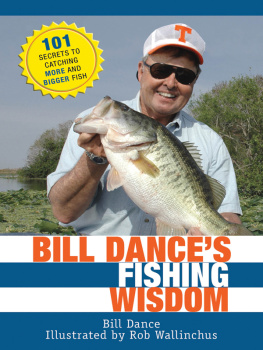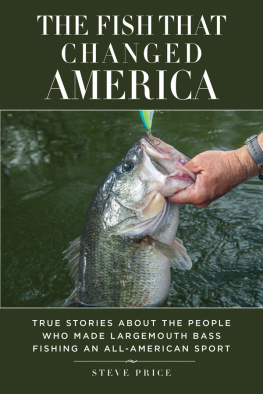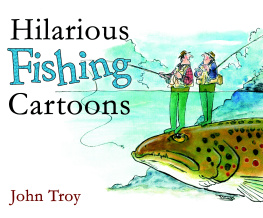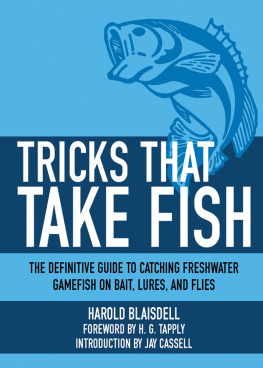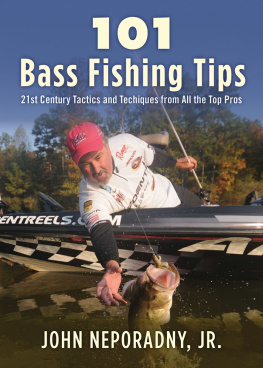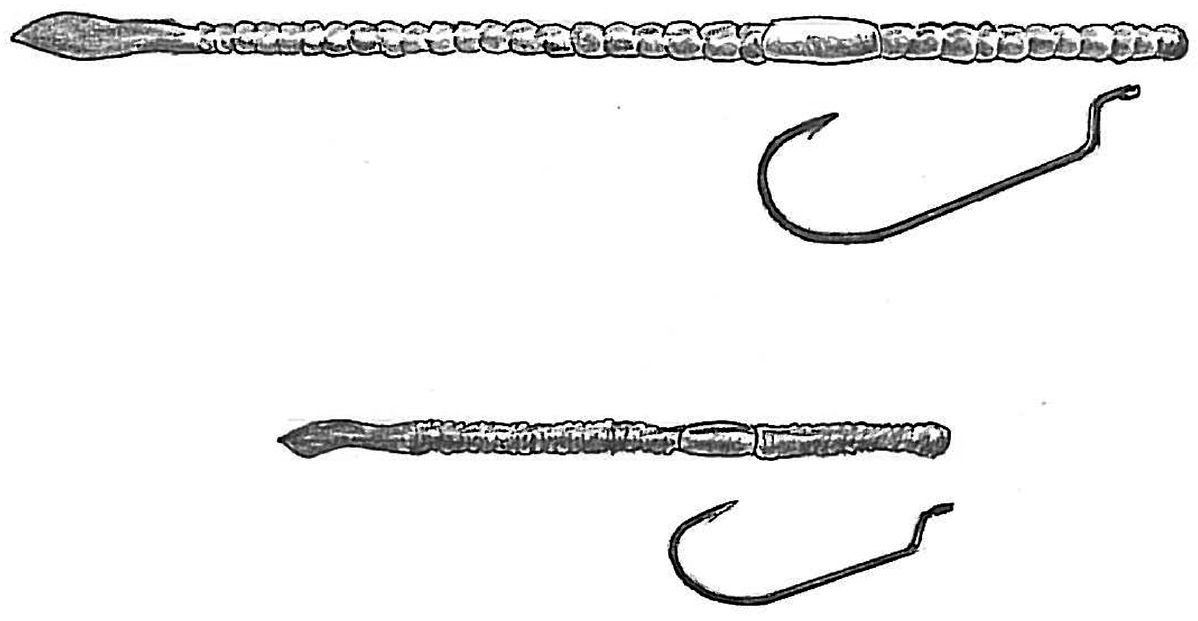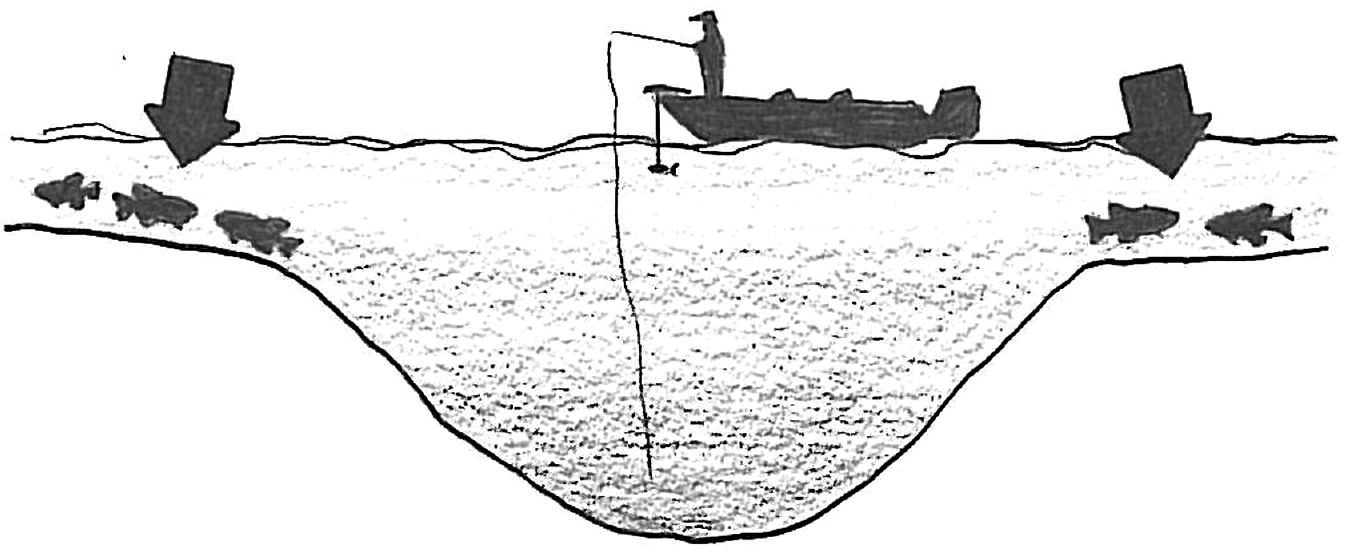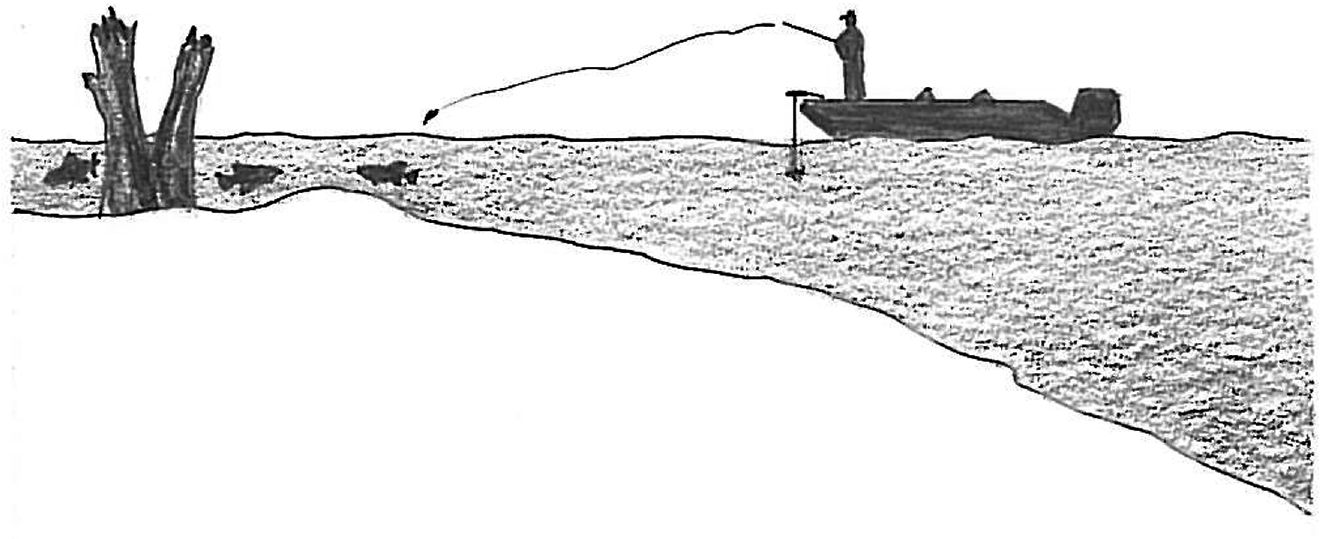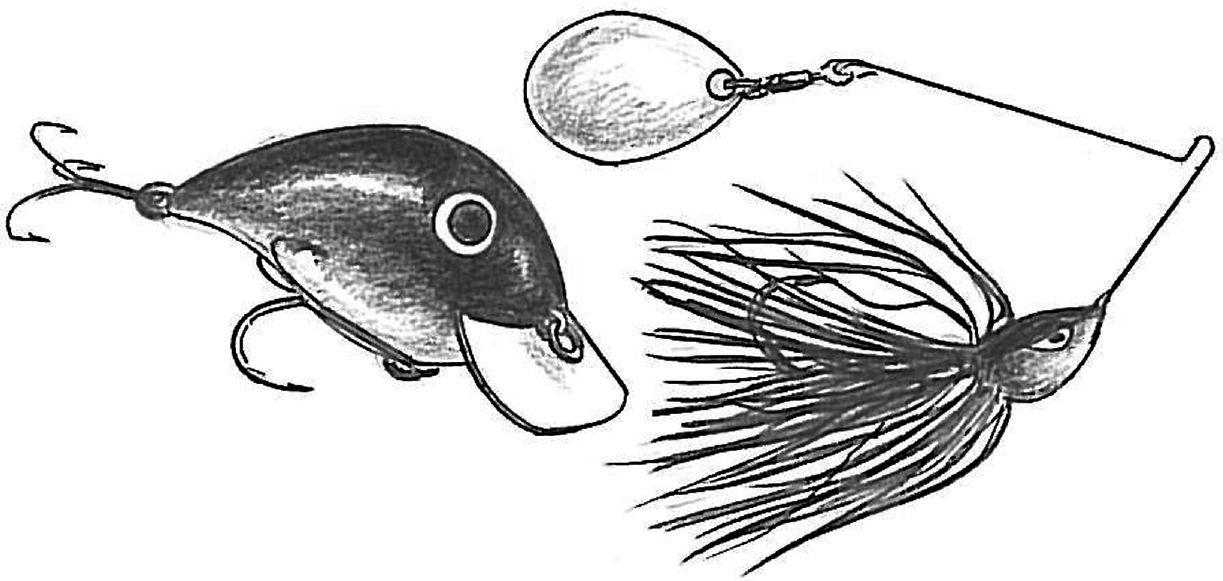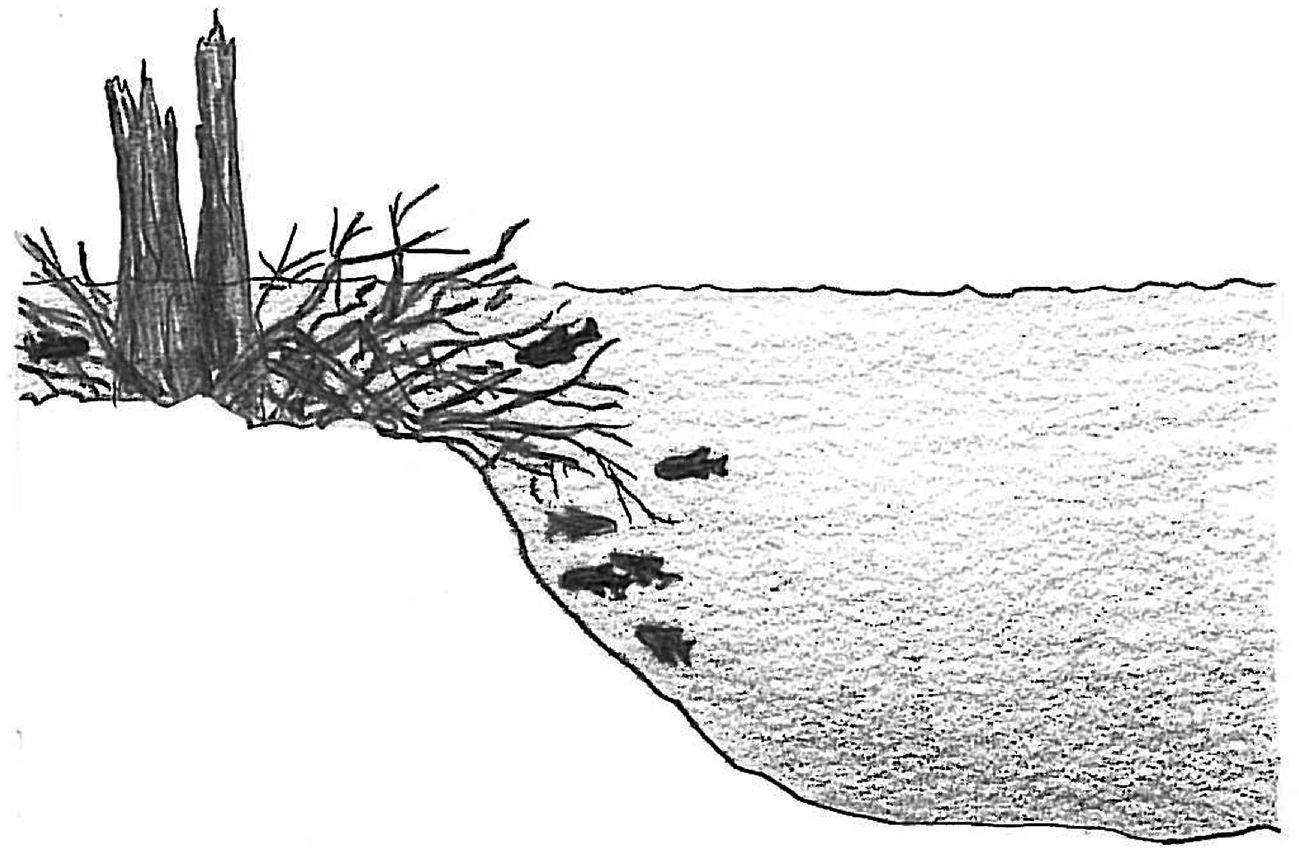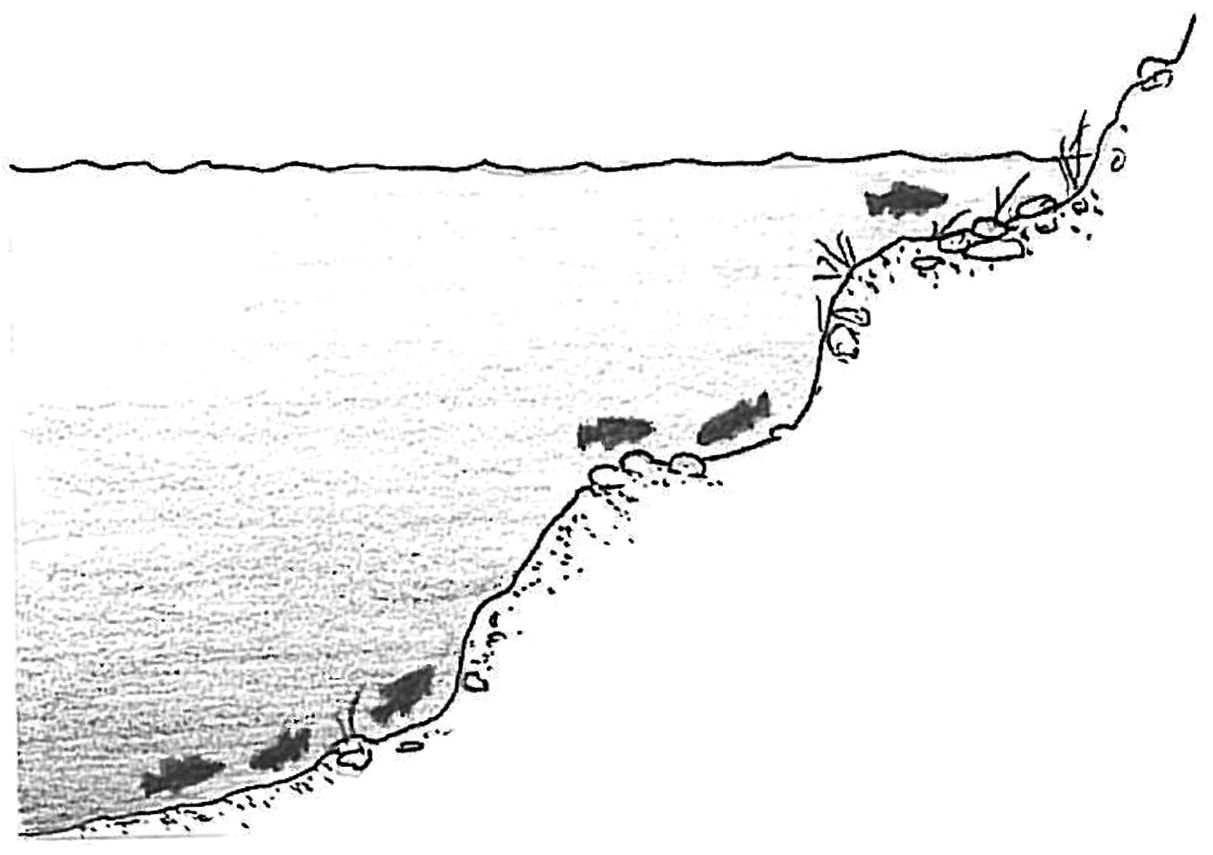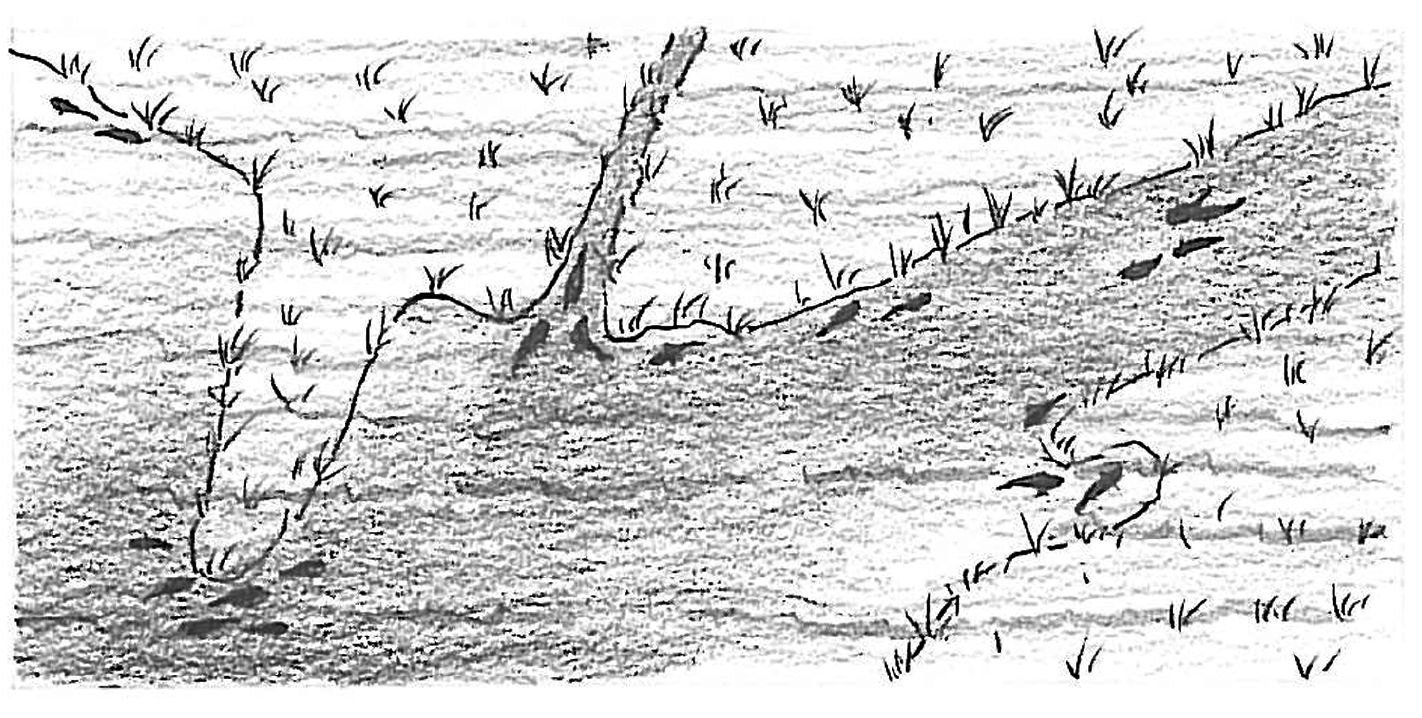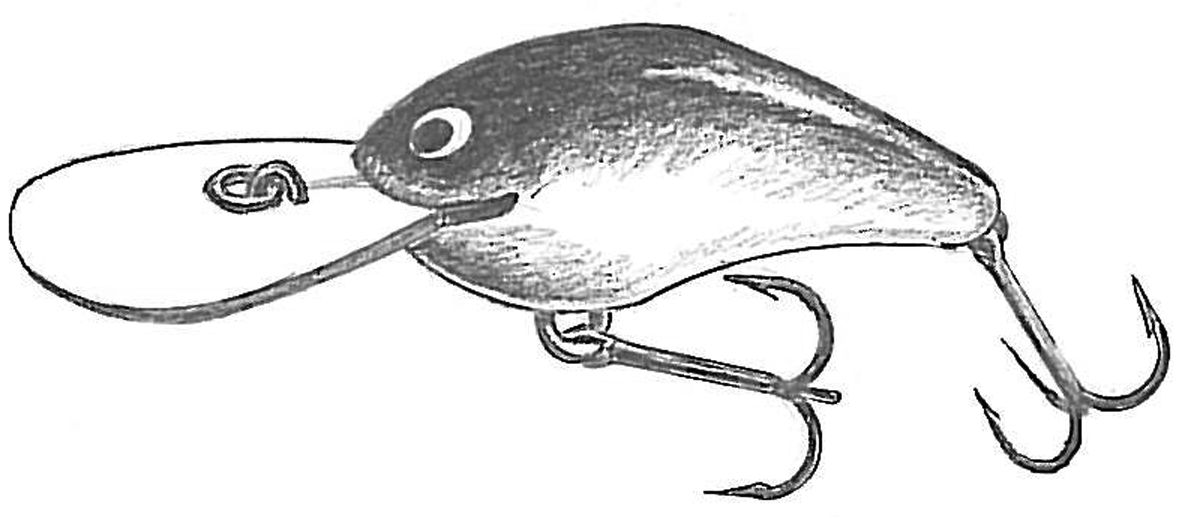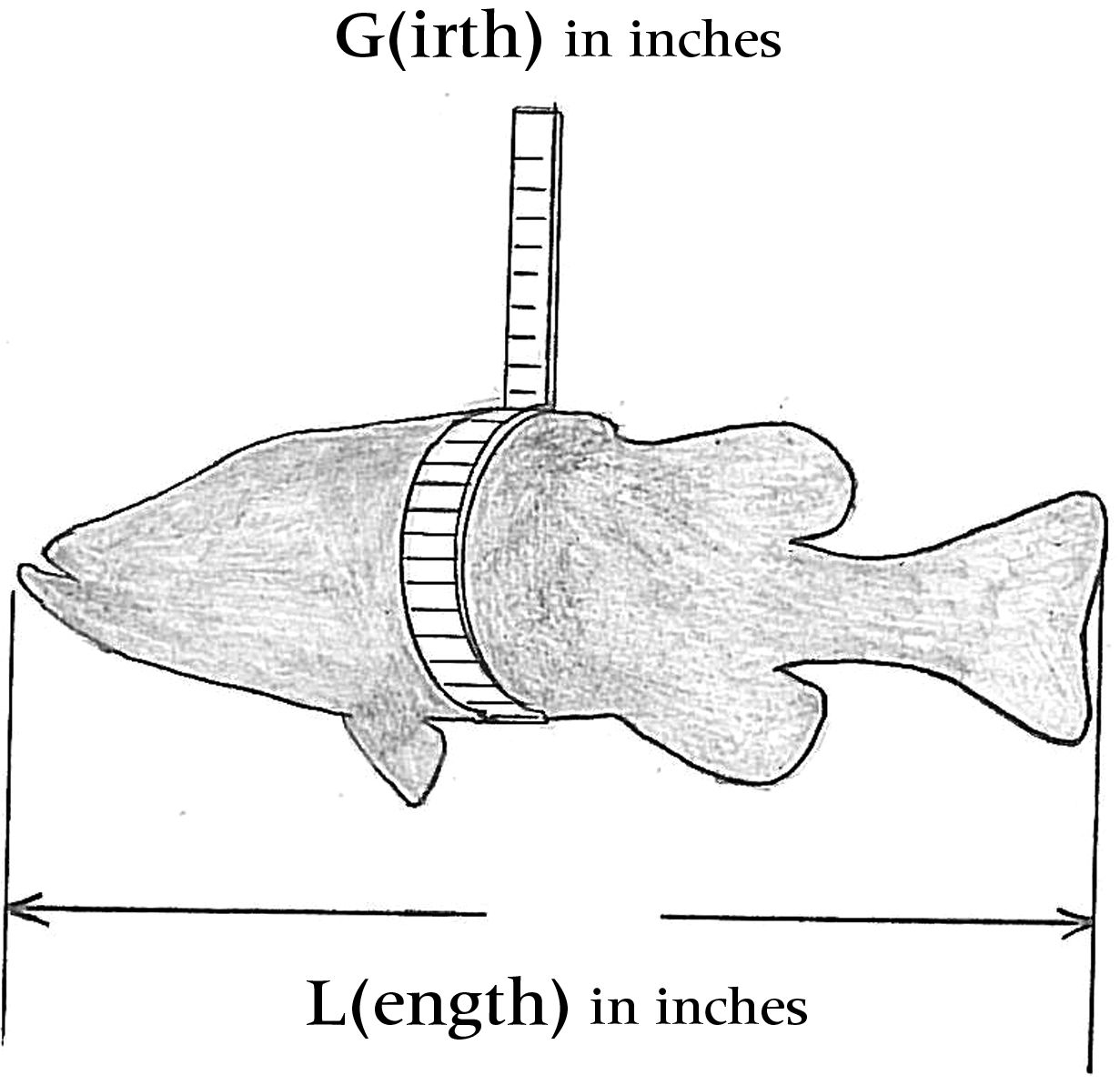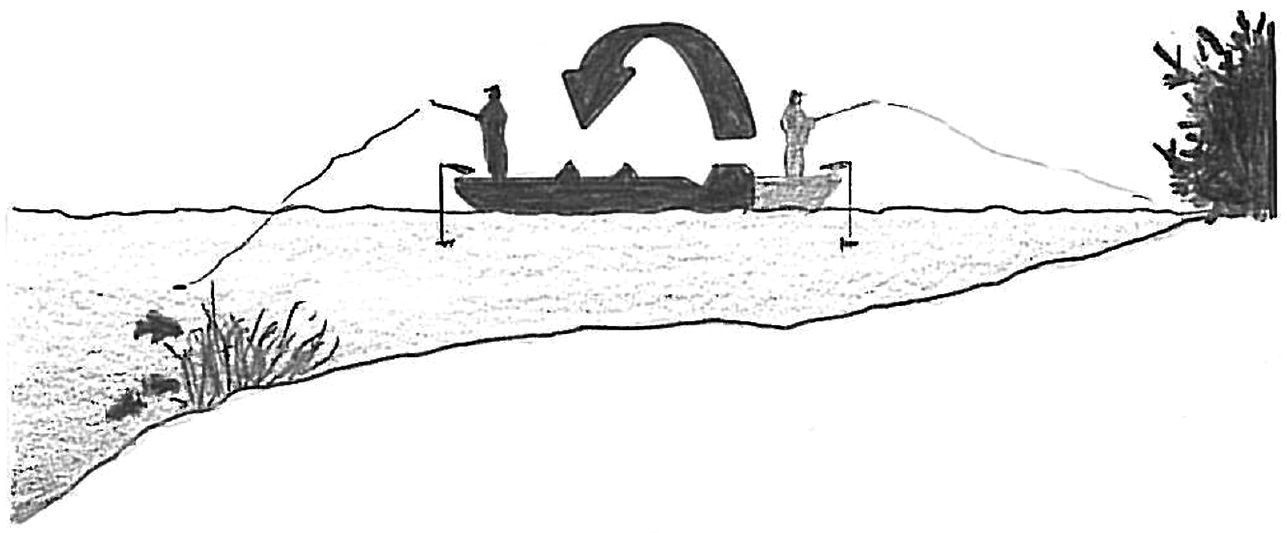Normally, dark-colored lures work best during low-light conditions such as early and late, on cloudy days, and in stained-to-muddy water.
When fishing muddy or off-colored water, fish shallow, fish objects, fish slow, and make repeated casts.
Fish shallow structure slowly in muddy water
During the cold winter months the key to success is to fish clear water with slow presentation-type lures, especially when water temps are in the mid-to-low 40 degree range.
When fishing murky or muddy conditions, use lures that vibrate. Dark-colored, bulky, shallow-running crankbaits or single, Colorado-blade spinnerbaits are good choices.
Vibrating lures for murky conditions
Shallow timber and brush that is close to deep water will generally hold more bass. In visible timber, begin looking for fish in deep pockets on brush- or timber-covered flats, around isolated patches, and along distinct tree or brush lines. Points, pockets, and bends along the edges are better than straight portions.
Brush near dropoffs holds promise.
Research has shown that mature bass show a decided preference for crawfish and, contrary to popular belief, the lowly crawfish is the most prevalent forage in our lakes, ponds, sloughs, creeks, and rivers. There are good reasons for the preference. Bass feeding on crawfish grow much faster than those who live where crawfish are not abundant. Crawfish also are much easier to catch, therefore bass expend less energy to gain the high-protein nourishment that crawfish provide.
Crawfish create big bass.
Bluffs that are stair-stepped under the water are especially productive because they offer bass a choice of depths. Find a bluff thats close to a deeper channel and usually youve hit paydirt.
Stepped bluffs offer bass a choice.
Crappie and weeds just go together naturally and some of the best places to target your search are the outside edges of visible weedlines, and any irregular features along the grassline drop. These features include cuts, ditches, canals, channels, depressions, pockets, or points. Of course, you may sporadically pick up a few fish anywhere, but youll save valuable fishing time by concentrating on these higher-percentage areas.
Weedlines are winners for crappie.
A rapid rise or fall in water level has a much greater impact on fish movement than a gradual change and it takes longer for water levels to change in lakes or reservoirs than it does in rivers and streams. When possible, plan your fishing trips accordingly.
To gain the quickest depth with a crankbait, use one with a straight lip.
Straight-lip crankbaits dive fastest.
When bass are reluctant to bite, a tactic that works extremely well is to fish slowly with smaller lures. The idea is to make it as easy as possible for the fish to take your offering with minimum effort.
One popular way to guess the weight of a bass when you have no scale is to multiply the length length girth and divide by 1,250. This will provide a fairly good estimate of the fishs weight. With spawning fish full of roe and with exceptionally fat fish, this rule will not be as accurate.
When shoreline fishing gets tough, make an about face. Why? Lakes change, fish change, and anglers must change as well. From the basss point of view the advantages of open water are strong and numerous: Less pressure, more forage, better habitat as a rule, and theres more comfort in the way of oxygen, safety, and temperature.


